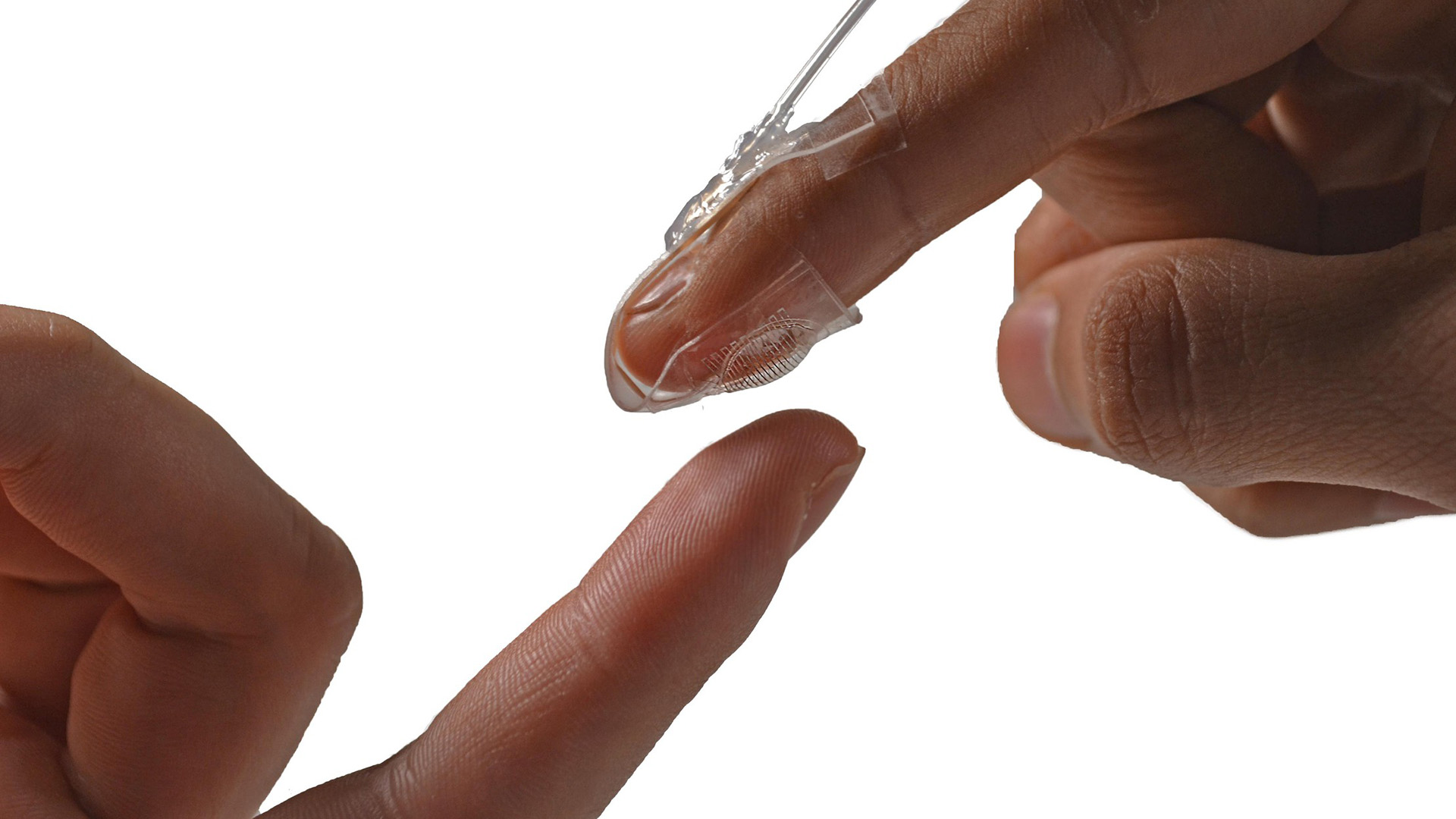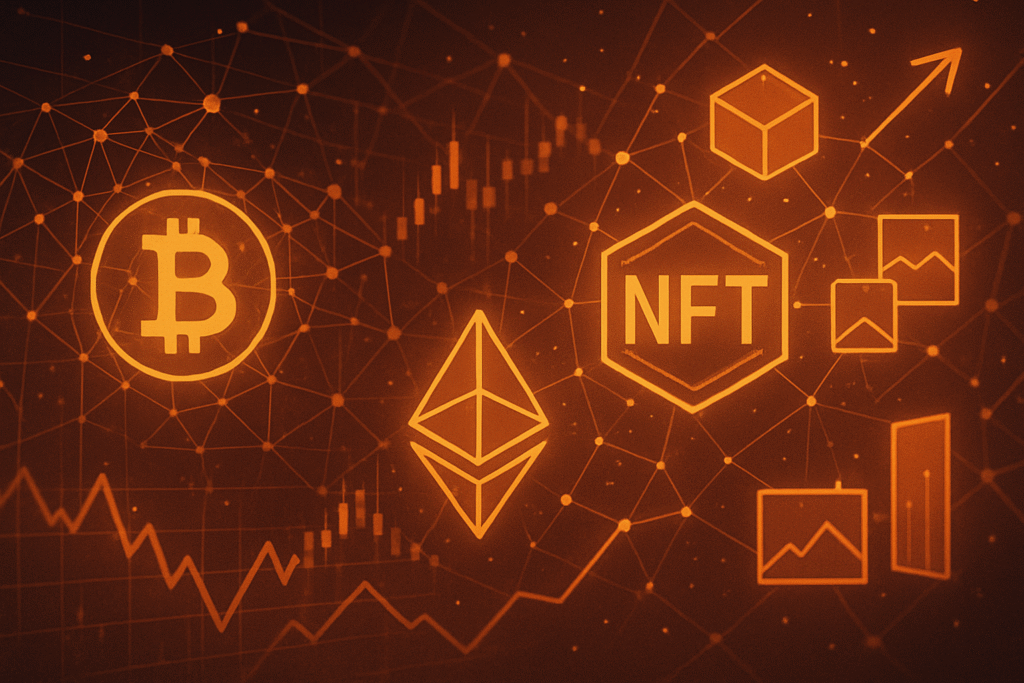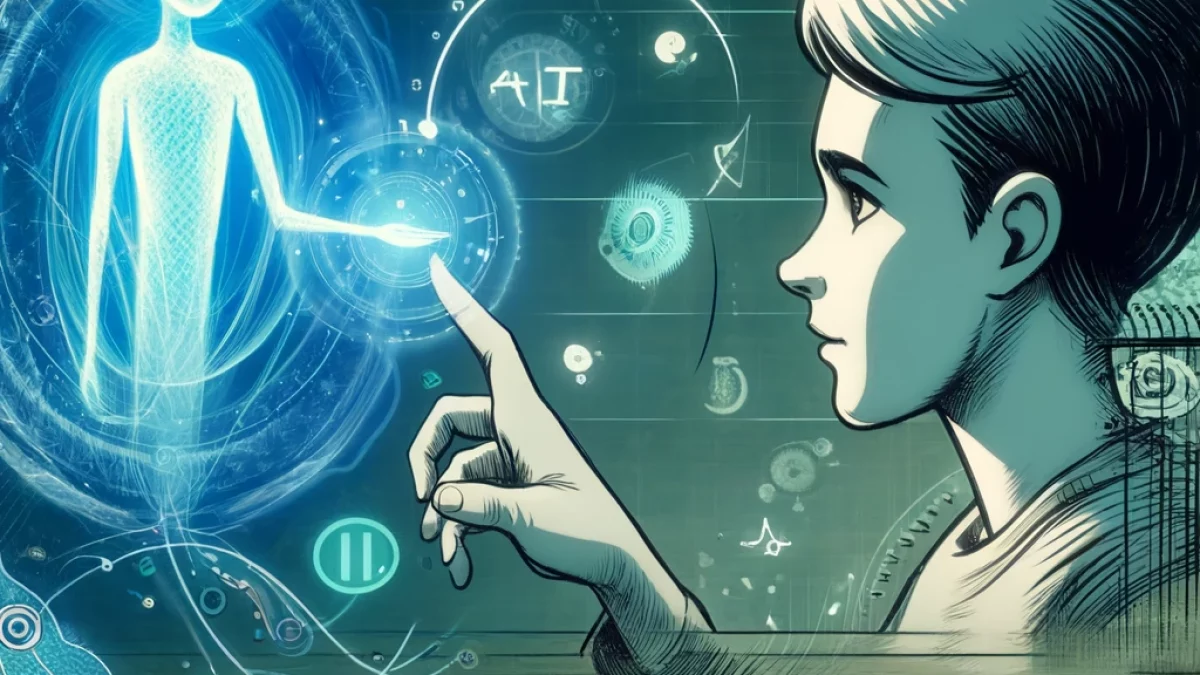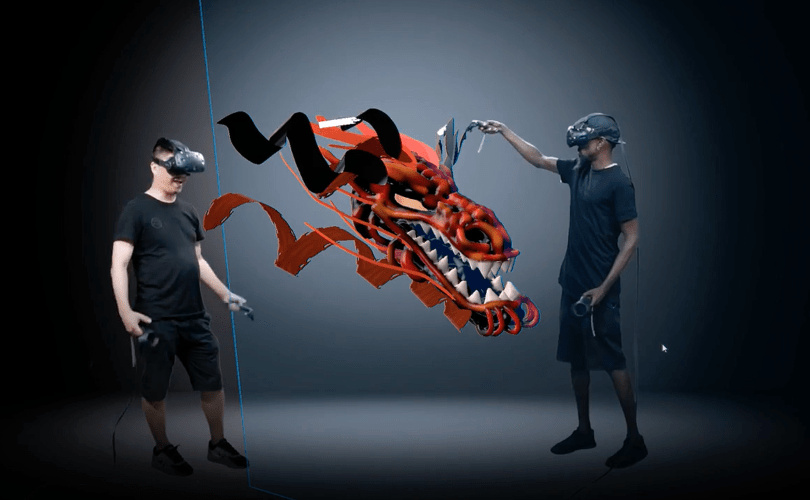In 2025, VR and AR art is evolving beyond visuals into the realm of touch—integrating haptic feedback technology that allows audiences to “feel” digital creations. By using specialized gloves and suits, viewers can sense textures, resistance, and contours in virtual sculptures or immersive installations. This tactile dimension deepens engagement, transforming art from passive observation into multisensory exploration—backed by artists and technologists who bring both expertise and experience to this frontier
Leading artists working with haptic VR‑AR collaborate with engineers and technologists to ensure realistic touch feedback, bridging creative vision with technical authority. These multisensory works simulate wood grain, metal rigidity, or organic surfaces, adding credibility to the virtual experience. Institutional exhibitions now feature accompanied expert commentary or whitepapers detailing the hardware, software calibration, and user safety measures involved, reinforcing trustworthiness through transparent process documentation.
As this trend reaches galleries and festivals globally, visitors can participate in guided haptic demos, workshops, and post‑show discussions led by the creators and designers. By publishing case studies, peer-reviewed studies, and educational material on methodology and audience impact, these installations earn authoritative recognition. When promoted with accurate technical insights and expert credentials, haptic VR‑AR art exemplifies the convergence of innovation, expertise, and reliability—setting a new standard for immersive multimedia art.





